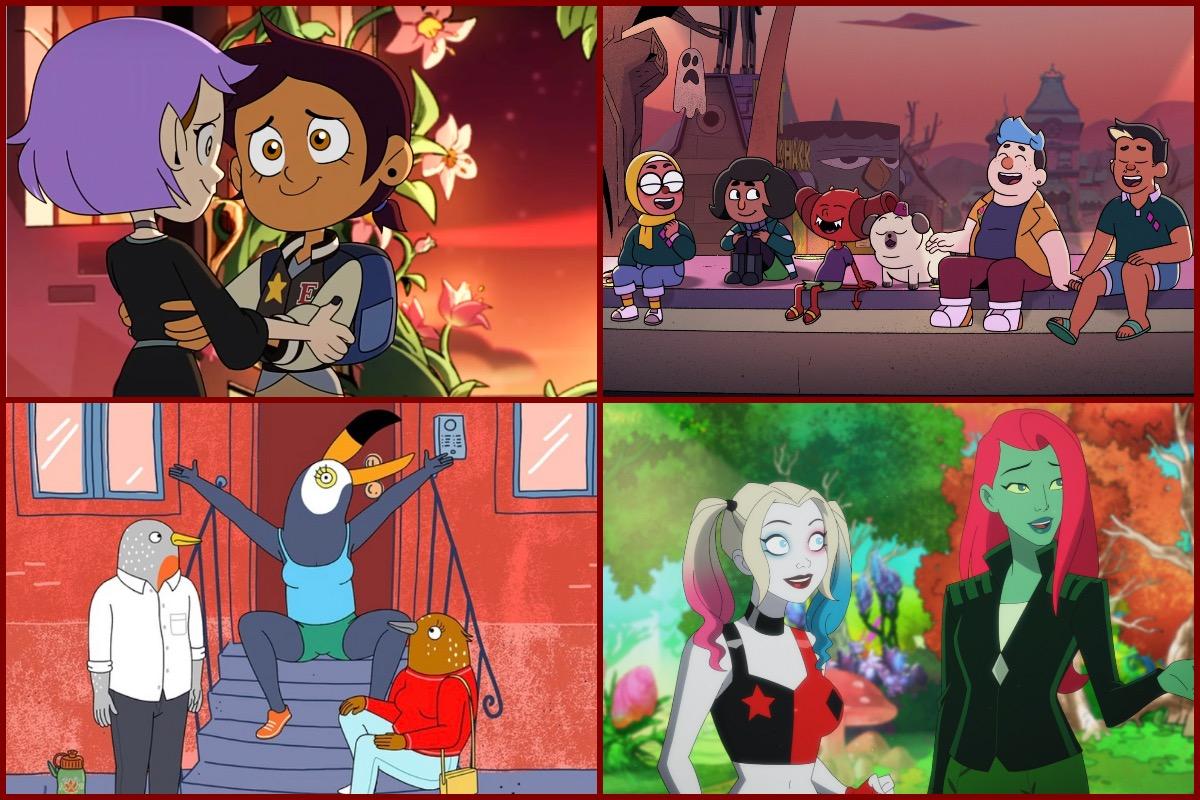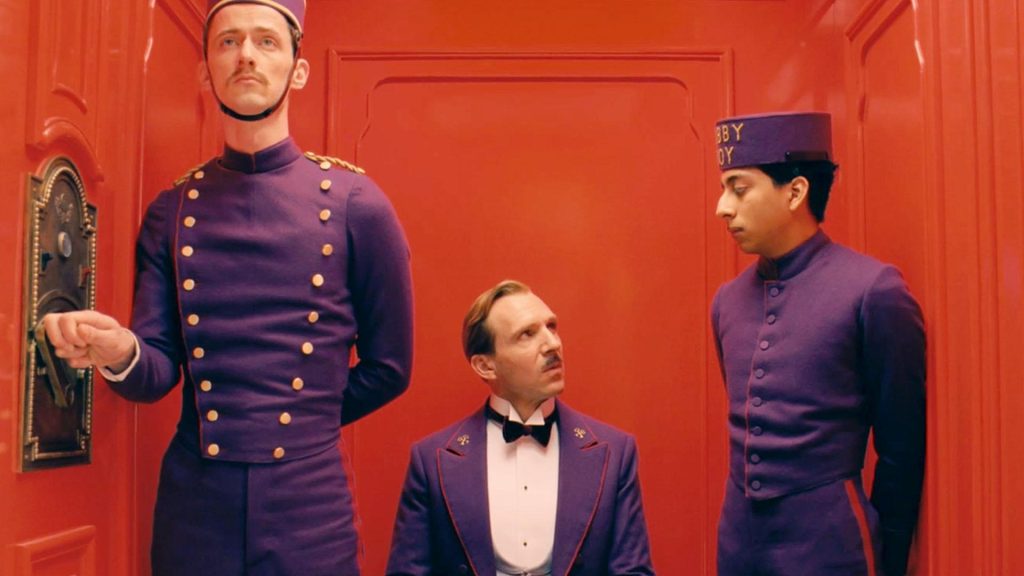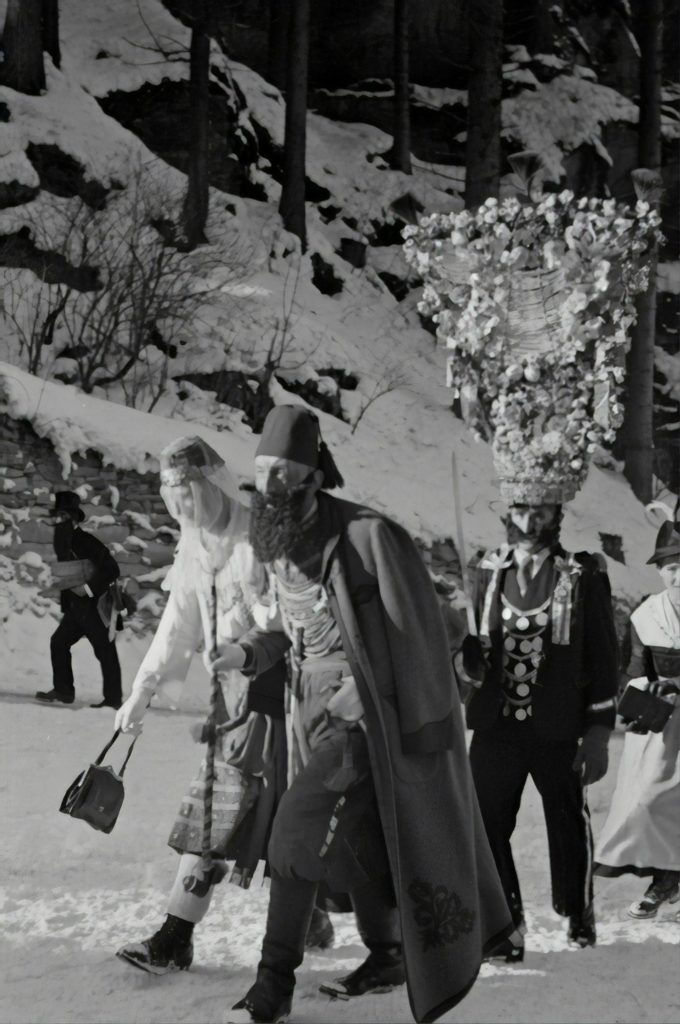In the ever-evolving landscape of television, the line between animated series and live-action shows is becoming increasingly blurred. As audiences embrace a broader spectrum of storytelling mediums, the question arises: can animated series truly stand shoulder to shoulder with their live-action counterparts? While animation has long been celebrated for its imaginative potential and visual flair, live-action shows have traditionally been seen as the more sophisticated sibling, often perceived as offering deeper emotional resonance and realism. Yet, with the advent of groundbreaking animated narratives and the growing appreciation for diverse storytelling forms, this conventional hierarchy is being challenged. This article delves into the nuances of both mediums, exploring their unique strengths and the ways in which animation is carving out its own space in the pantheon of prestigious television.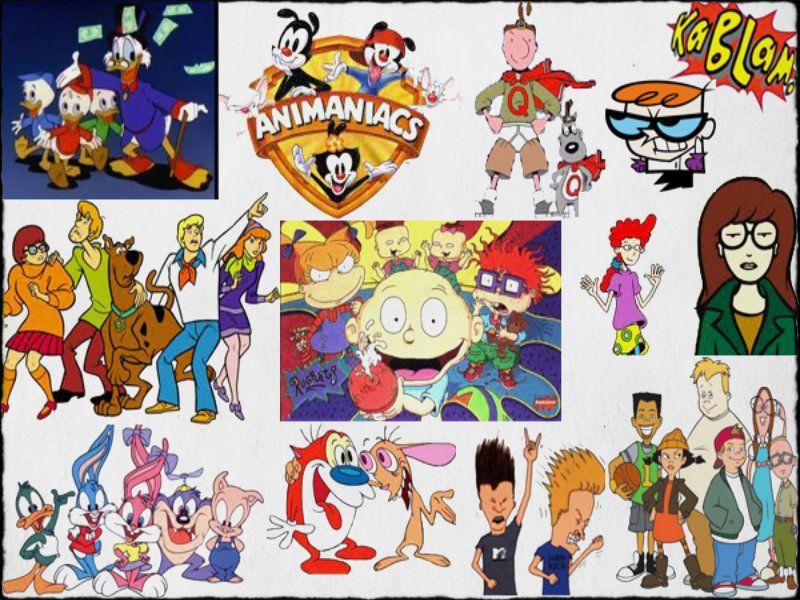
The Evolution of Storytelling: Animated Series and Their Growing Prestige
In recent years, animated series have undergone a significant transformation, shedding their once niche appeal to emerge as mainstream storytelling powerhouses. This evolution can be attributed to the increasing sophistication of narratives and the innovative use of animation technology. From complex character development to intricate world-building, animated series now rival live-action shows in depth and quality. With platforms like Netflix, Hulu, and Disney+ investing heavily in animated content, the genre is experiencing a renaissance that blurs the lines between traditional animation and live-action storytelling.
Several factors contribute to this shift in perception:
- Artistic Freedom: Animation offers creators unparalleled freedom to explore themes and settings that might be logistically challenging or prohibitively expensive in live-action.
- Diverse Narratives: Animated series often tackle complex and mature themes, appealing to a broad demographic beyond children.
- Global Appeal: With the ability to transcend cultural and language barriers, animated series often enjoy a global audience, enhancing their prestige.
As storytelling continues to evolve, the distinction between animated and live-action formats becomes increasingly blurred, inviting viewers to appreciate the unique strengths each medium brings to the narrative table.
Exploring the Depth: Narrative Complexity in Animation vs. Live-Action
One of the most captivating aspects of both animation and live-action is their ability to weave intricate narratives that resonate with audiences. While live-action shows have long been celebrated for their depth and realism, animated series are increasingly demonstrating their prowess in delivering complex storytelling. The medium of animation allows creators to explore limitless worlds and concepts, often using vibrant visuals and metaphorical elements to delve into themes that might be challenging to portray in live-action.
Narrative complexity in animated series is often achieved through:
- Layered Storytelling: Animated shows like Bojack Horseman and Avatar: The Last Airbender masterfully intertwine personal growth, societal issues, and philosophical questions.
- Symbolism and Metaphor: The animated medium allows for rich symbolic landscapes, where characters and settings can represent abstract ideas, enhancing thematic depth.
- Innovative World-Building: Creators can craft entirely new universes with their own rules and histories, offering viewers a fresh lens through which to explore human experiences.
In contrast, live-action shows often rely on the nuances of human performance and real-world settings to convey emotional depth. Yet, both mediums are equally capable of capturing the intricacies of the human condition, making the debate of narrative complexity less about superiority and more about the unique strengths each form brings to storytelling.
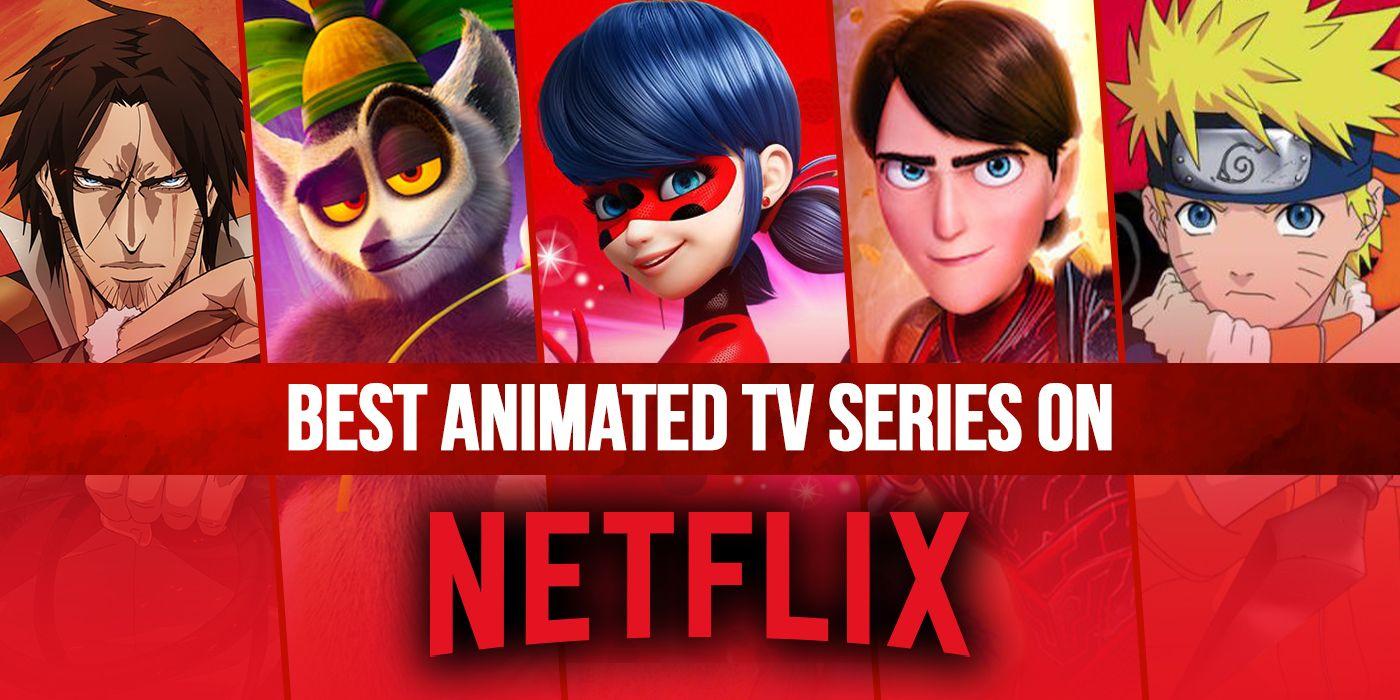
Visual Innovation: How Animation Expands Creative Boundaries
Animation, as a visual medium, transcends the physical constraints that often bind live-action productions. By harnessing the limitless possibilities of the animated realm, creators can explore narratives and worlds that would be difficult, if not impossible, to realize with traditional filming techniques. This freedom not only allows for more imaginative storytelling but also enables a unique aesthetic expression that can evoke powerful emotions and convey complex themes. Through the deft use of color, form, and movement, animation crafts a visual language all its own, expanding the very definition of what storytelling can be.
- Boundless Creativity: Animation allows for the depiction of fantastical worlds and imaginative scenarios that stretch the limits of reality.
- Artistic Expression: With animation, every frame is a canvas, offering artists the chance to infuse their work with unique styles and visual flair.
- Innovative Storytelling: The medium supports unconventional narratives, breaking traditional storytelling molds to engage audiences in new ways.
In this way, animated series not only compete with live-action shows but often surpass them in terms of creativity and innovation. The medium’s ability to transcend the ordinary invites audiences to suspend disbelief and engage with stories on a deeper level, challenging preconceived notions of what television can achieve.
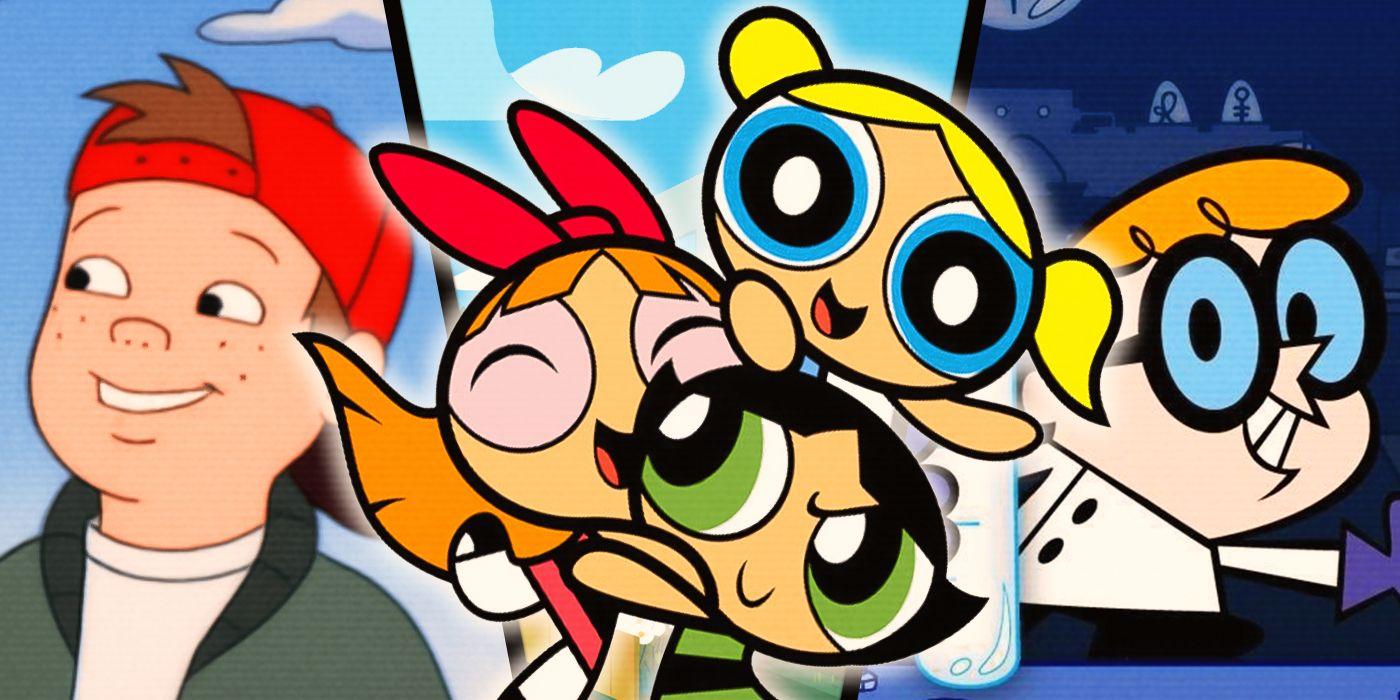
Bridging the Gap: Strategies for Elevating Animated Series to Live-Action Status
Transitioning an animated series to a live-action format requires a nuanced approach that respects the essence of the original while embracing the strengths of the new medium. Successful adaptations often start with a deep understanding of the core themes and characters that define the animated series. By retaining these elements, creators can ensure that the transition feels authentic and resonates with existing fans. Casting choices are pivotal; actors must not only resemble their animated counterparts but also embody their spirit, bringing depth and relatability to beloved characters.
- Visual Style: Crafting a visual aesthetic that echoes the animation’s color palette and design language can help bridge the gap between mediums.
- Narrative Expansion: Live-action formats offer opportunities to delve deeper into storylines and character development, enriching the original narrative.
- Technical Innovations: Utilizing cutting-edge technology and practical effects can enhance the storytelling experience, offering a new layer of immersion.
Ultimately, the goal is to create a seamless experience that honors the animated series while introducing fresh perspectives and dimensions. Through thoughtful adaptation strategies, animated series can indeed stand shoulder to shoulder with their live-action counterparts, captivating audiences across the spectrum.

